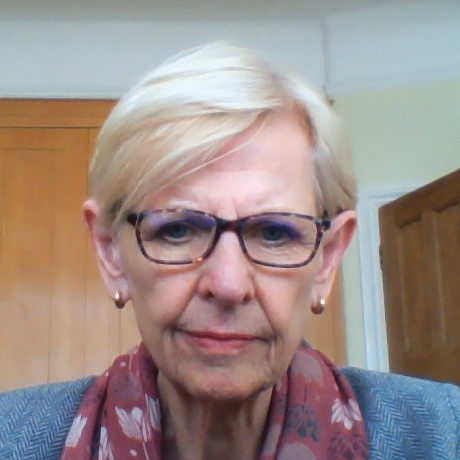Patricia Grocott

Patricia currently leads a research programme which involves Co-Designing Medical Devices and Technologies with people who are vulnerable to skin breakdown. The focus is on using individuals’ experiences of devices and healthcare systems to identify shortfalls and to work with device users, designers, engineers, materials specialists and industry to co-design devices and systems to meet personal needs and the needs of health care providers.
The programme includes co-creating and validating digital patient recorded outcome indicators and platforms for remote patient and clinician monitoring of recovery and deterioration in response to treatment and care, to enable troubleshooting interventions and routine data capture.
Evaluation of the performance and costs of novel devices is included in the programme using an N-of-1 research design to answer critical questions as to how, why, why not devices meet patients’ needs. Those that fall short of the standard defined in the patient recorded outcome indicators can be refined.
Patricia’s background is in hospice–based clinical nursing. The lack of suitable technologies and systems to care for patients with extensive skin breakdown in palliative and end of life care led to this academic, translational research career at King’s.
Creating medical devices with the people that use them (kcl.ac.uk)
Presentation at The Society of Tissue Viability 2023 Conference
How do we make patient-centred care a reality and how do measure the outcomes?
Objectives
After attending this session, persons will have a greater understanding of:
- Recognise and develop the personal attributes and professional behaviours that enable the delivery of person-centred wound care
- Critically reflect on the quality of engagement when caring for patients at risk of or living with a wound
- Pioneer the role of shared decision maker, placing the “person” at the forefront on their care
- Identify methods of measuring outcomes important to patients and meaningful in practice
Abstract
Person-centred care enables patients’ perspectives, values and decisions to be incorporated into clinical decision-making and supported in care planning. This gives patients more control over their health and care needs. Including person-centred care in wound management increases patient involvement and satisfaction in their care.
This session is framed by McCormack and McCance (2017) framework for person-centred nursing, which has four components:
- Prerequisites: the personal attributes of the nurse.
- The care environment: workplace culture and systems that support person centred care.
- Person-centred processes: delivering person-centred care.
- Expected person-centred outcomes.
The purpose of this session is to discuss and reflect on how to deliver person-centred approaches in wound care. Together, we will explore the essential skills required to ensure people living with or at risk of wounds feel confident and involved in their wound care.
We will present a short video of a person’s experience of living with a wound and their experience of care. The audience will be invited to discuss the case and contribute their reflections and views using interactive polling software (SLIDO). This will be followed by further interactive and reflective discussion as we consider what person-centred wound care looks like, how it can be achieved and how it can be measured in ways that are meaningful to patients and to clinicians.
There will be opportunity to reflect on learning and we will review the key points people have raised.
Reference – McCormack, B. & McCance, T. (2017). Person-Centred Practice in Nursing and Health Care: Theory and Practice. 2nd ed. Newark: John Wiley & Sons Ltd.
Presentation at the Optimising skin health and wound healing in palliative care settings specialist/service specific study day
Creating medical devices with the people that use them
Abstract
In this presentation the programme of research involving co-design of medical devices and technologies with the people who need them will be outlined. The research methodologies and methods, which underpin the research will be presented including:
- Participatory co-design with patients, carers, and clinicians: unmet need drive device design and development
- Multidisciplinary research with designers, engineers, small to medium-sized manufacturers
- N-of-1 feasibility and proof-of-concept tests of novel devices with patients and clinicians
- TELER patient-recorded outcome measures of novel device performance, cost consequences analysis
The WEB (Woundcare for Epidermolysis Bullosa) project will be drawn on to illustrate the research, the outputs, and the impact.
Epidermolysis Bullosa (EB), a rare inherited and incurable condition. Severe forms of EB, such as Dystrophic Epidermolysis Bullosa, result in repeat blistering, extensive wounds, squamous cell carcinomas, complex and time-consuming wound care. The focus of the research projects is to reduce the burden of complex wound care by co-designing novel solutions with the patients.














